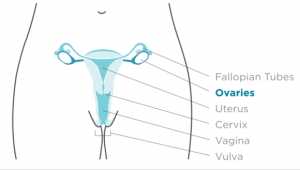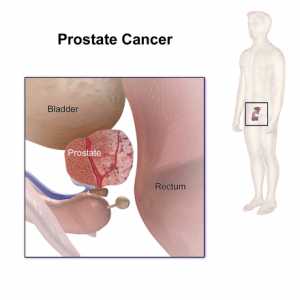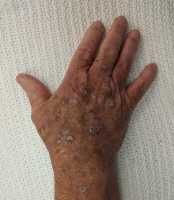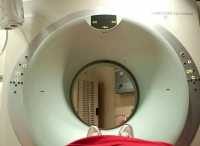Author Interviews, Biomarkers, Ovarian Cancer / 25.09.2018
Proteomics Leads to Discovery of Ovarian Cancer Protein Biomarker
MedicalResearch.com Interview with:
Fabian Coscia PhD
Department of Proteomics and Signal Transduction, Max Planck Institute of Biochemistry, Martinsried, German and
Ernst Lengyel MD PhD
Department of Obstetrics and Gynecology
Section of Gynecologic Oncology
University of Chicago, Chicago, IL
MedicalResearch.com: What is the background for this study?
Response: Ovarian cancer is a very aggressive disease. Only one in six patients survives more than 10 years after the first diagnosis. This high mortality is primarily because the disease is usually detected late in its course, when the tumor has already spread from the ovaries to the surrounding organs in the abdomen.
In an interdisciplinary collaboration between the Max Planck Institute of Biochemistry in Martinsried, Munich, the University of Chicago and the University of Copenhagen, we performed deep tissue proteomics on archived biobank material to identify drivers of long-term patient survival. (more…)



















![MedicalResearch.com Interview with: Cole Wayant Oklahoma State University Center for Health Sciences ‐ Analytical and Institutional Research Tulsa, OK MedicalResearch.com: What is the background for this study? What are the main findings? Response: New FDA-approved oncology drugs are essential to oncology practice. These drugs may immediately change clinical care by offering better treatments for common, lethal forms of cancer. But, new FDA-approved oncology drugs are expensive and have been shown to have variable efficacy. Given the importance of new FDA-approved oncology drugs to patients and physicians, the trials that underpin the FDA-approval of these drugs must be free from bias and transparent. Therefore, we investigated the financial relationships between oncologist-authors of clinical trials that underpin FDA-approvals. MedicalResearch.com: What should readers take away from your report? Response: The key takeaway from our study is that oncologist-authors often do not fully disclose their financial relationships with pharmaceutical companies. Financial disclosures are important for the reasons of transparency and trust between physicians and other stakeholders, such as patients. Disclosing conflicts of interest helps readers interpret the findings of a research study, especially given the fact that drug companies finance their own drug trials. MedicalResearch.com: What recommendations do you have for future research as a result of this work? Response: In the future, beyond recommending that authors fully disclose all financial relationships with the sponsor of the trial, I recommend that journals use the Open Payments Database to verify the accuracy and completeness of author disclosure statements. Doing so is a small first step toward mitigating the potential for financial bias in the oncology literature.” Disclosures: I do not have anything else to add. None of the authors have conflicts of interest - financial or otherwise. Citation: Financial Conflicts of Interest Among Oncologist Authors of Reports of Clinical Drug Trials [wysija_form id="3"] [last-modified] The information on MedicalResearch.com is provided for educational purposes only, and is in no way intended to diagnose, cure, or treat any medical or other condition. Always seek the advice of your physician or other qualified health and ask your doctor any questions you may have regarding a medical condition. In addition to all other limitations and disclaimers in this agreement, service provider and its third party providers disclaim any liability or loss in connection with the content provided on this website.](https://medicalresearch.com/wp-content/uploads/Cole-Wayant.jpg)












